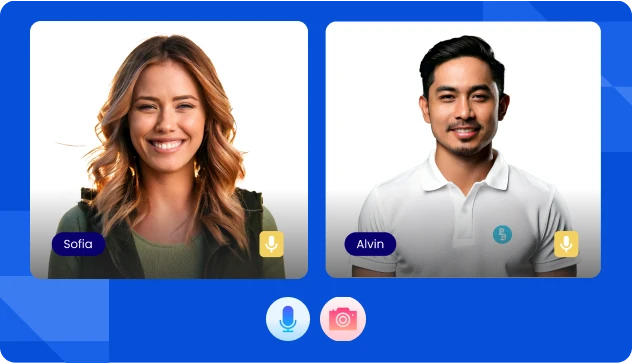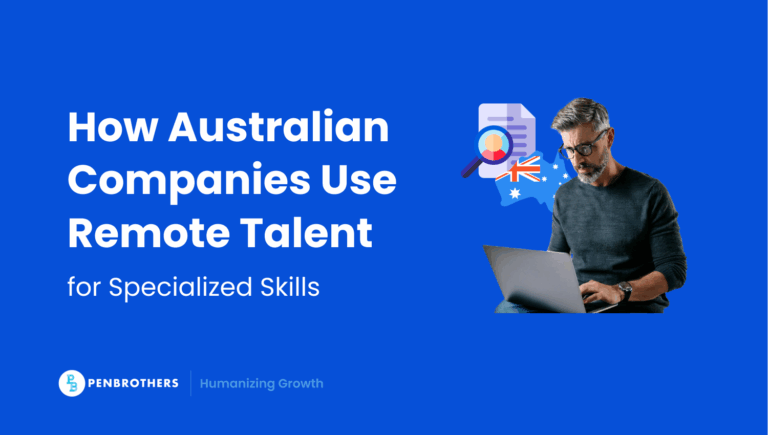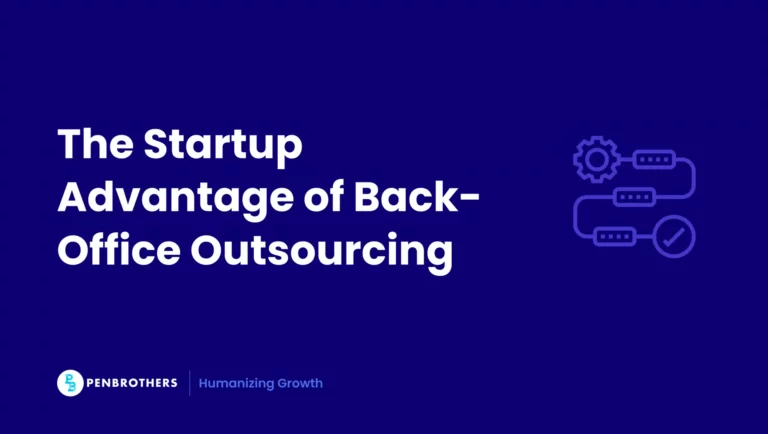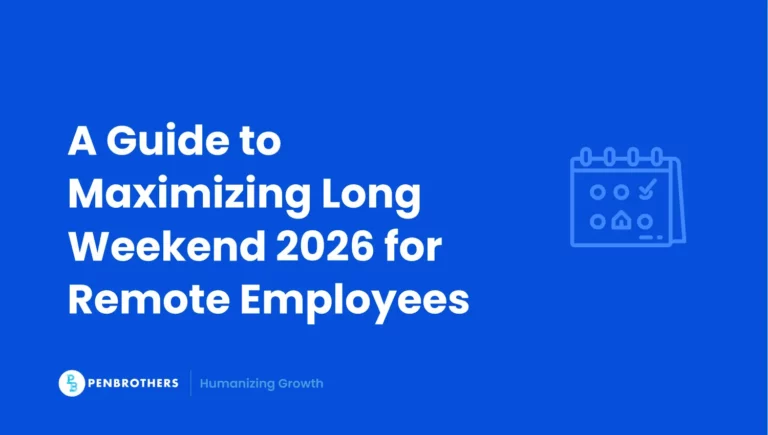Key Takeaways
- A Test of Problem-Solving, Not Just a Recounting of Experience: The primary purpose of a situational interview is to evaluate your real-world problem-solving, decision-making, and adaptability skills. The interviewer is more interested in your thought process and how you handle a challenge than in the story itself.
- Use the PAR and CAR Frameworks for a More Powerful Answer: While the STAR method is well-known, the article recommends using the more concise and results-driven PAR (Problem, Action, Result) and CAR (Challenge, Action, Result) frameworks. These structures help you focus your answer on the problem and the measurable impact of your actions.
- Quantify Your Results to Demonstrate Business Impact: One of the most common mistakes candidates make is giving vague answers. The strongest responses are specific and quantify the business impact of their actions, connecting their solution to clear metrics like revenue increases, efficiency gains, or improved customer satisfaction.
- Always Be Prepared for Follow-Up Questions: Acing the initial answer is only the first step. Interviewers will almost always ask probing follow-up questions (e.g., “What would you have done differently?” or “What were the risks?”) to test your adaptability, strategic thinking, and ability to learn from your experiences.
What Is a Situational Interview?
Situational interviews assess how candidates handle real-world challenges by presenting hypothetical or past work-related scenarios. These questions evaluate problem-solving, adaptability, and decision-making skills for roles requiring critical thinking, leadership, and customer interaction.
Employers use these interviews to gauge on-the-job performance and identify candidates who can analyze challenges, take action, and drive results. This guide moves beyond the traditional STAR method, introducing PAR and CAR frameworks, addressing common mistakes, and offering strategies for follow-up questions. It also includes a downloadable worksheet for structured preparation in your job application.
Common Situational Interview Questions
Situational interview questions vary across industries but generally follow a “What would you do if…?” format. These questions help hiring managers assess logical thinking, past experiences, and problem-solving strategies under pressure.
Industry-Specific Situational Questions:
- Marketing: Your brand’s latest ad campaign sparks controversy on social media, leading to negative press. How do you handle the situation?
- Customer Service: A high-value client receives a defective product for the second time. They demand a refund and threaten to leave. What’s your next move?
- Project Management: A supplier unexpectedly withdraws from a critical project phase, delaying your timeline. How do you ensure timely completion?
- Sales: A key prospect hesitates to close a deal after a competitor slashes prices. How do you persuade them to choose your solution?
- Tech & Engineering:A system outage occurs just hours before a major product launch. How do you manage the crisis and restore service?
Employers look for clarity, logical reasoning, and results-oriented storytelling. Weak answers often lack specificity, strategic action, and measurable impact.
Related: How to reply to an interview invitation
Beyond STAR: Alternative Answering Frameworks with Samples
While the STAR method (Situation, Task, Action, Result) is widely used, it often leads to overly scripted, lengthy responses that lack strategic depth. Alternative frameworks like PAR and CAR allow for more structured, concise, and impactful answers.
PAR (Problem, Action, Result): Best for Strategic & Analytical Roles
The PAR framework is ideal for roles that require critical thinking, efficiency, and decision-making. Unlike STAR, which includes unnecessary background details, PAR jumps directly into the problem, ensuring responses are focused and results-driven.
Example: Marketing (Digital Strategy)
Question: Your brand’s engagement dropped by 40% in three months due to changing consumer behavior. How do you address this?
Problem:
Our static content wasn’t resonating with audiences as short-form videos dominated digital engagement.
Action:
Led a data-driven strategy shift, launching interactive reels, influencer collaborations, and behind-the-scenes content.
Result:
The engagement rate increased by 65% within two months, and we gained a younger, more active audience.
Example: Project Management (Tech & Software Development)
Question: Your team is struggling with scope creep, delaying a product launch. How do you manage stakeholder expectations?
Problem:
Frequent last-minute feature requests disrupted sprint schedules and risked deadlines.
Action:
Implemented a strict change request protocol and introduced bi-weekly sprint demos for stakeholder alignment.
Result:
Reduced scope creep by 40%, kept the project on schedule, and improved stakeholder satisfaction.
Example: Finance & Accounting
Question: A client needs to cut costs but fears productivity losses. What’s your recommendation?
Problem:
Profit margins were shrinking by 15% due to rising vendor costs, but restructuring posed a risk to efficiency.
Action:
Conducted a cost-benefit analysis, renegotiated contracts and introduced AI-driven financial tracking tools.
Result:
Reduced expenses by 12% within six months while maintaining productivity levels.
CAR (Challenge, Action, Result): Best for High-Pressure & Crisis Management Roles
The CAR framework is ideal for fast-paced environments where handling unexpected challenges and immediate decision-making are critical. Unlike STAR, which can dilute urgency with unnecessary setup, CAR jumps straight into the core challenge and emphasizes quick, effective solutions.
Example: Customer Service (E-Commerce & Retail)
Question: A viral negative review causes a 30% surge in refund requests. How do you respond?
Challenge:
An influencer’s review triggered a backlash, leading to mass refund demands.
Action:
Coordinated with PR and product teams to issue a transparent response and introduced a customer satisfaction exchange program.
Result:
Refund requests dropped by 60% in one week, and brand trust increased by 20%.
Example: Sales & Business Development (B2B SaaS Industry)
Question: A top client is considering switching to a competitor offering lower prices. How do you retain them?
Challenge:
A high-value client (20% of revenue) was lured by a competitor’s 15% price reduction.
Action:
Instead of price-matching, highlight superior integrations, personalized support, and performance-based incentives.
Result:
The client renewed their contract and increased service usage by 25%.
Using PAR and CAR ensures responses stay concise, action-oriented, and aligned with employer expectations.
Related: Why did you leave your previous job?
What Weakens an Answer and How to Fix It
Many candidates struggle with situational interview questions due to a lack of clarity, missing impact, or overly generic responses.
Common Mistakes & Fixes:
Vague Responses: Avoid generic statements like “I handled it well.”
Fix: Use specific data, clear actions, and measurable outcomes.
No Business Impact: Employers value quantifiable success over effort.
Fix: Highlight how your solution affected revenue, efficiency, or customer satisfaction.
Overly Long Answers: Lengthy responses dilute key points.
Fix: Keep it structured, concise, and results-focused.
A strong response connects experience to future job success, proving you can deliver measurable results.
Follow-Up Questions & Employer Expectations
Hiring managers often probe deeper to assess critical thinking, adaptability, and learning ability.
Common Follow-Up Questions
- What would you have done if your initial approach didn’t work?
Tests adaptability, contingency planning, and ability to pivot under pressure. - What unexpected variables changed your approach?
Reveals flexibility, problem-solving, and how well the candidate handles uncertainty. - How did you weigh the risks before taking action?
Evaluates strategic thinking and decision-making under pressure. - What alternative solutions did you consider, and why did you choose this one?
Shows analytical thinking and ability to assess multiple approaches before acting. - How did your solution impact the bigger business objectives?
Determines whether the candidate understands the broader implications of their decisions. - If this situation happened again with fewer resources, how would you adapt?
Tests problem-solving skills and ability to work within constraints. - How did you communicate your decisions to your team or leadership?
Assesses leadership, collaboration, and communication skills in high-stakes scenarios.
How to Handle Follow-Ups:
Anticipate them: Prepare multiple variations of key experiences.
Stay adaptable: Relate lessons learned to different scenarios.
Connect it back: Link your response to the role’s core skills and impact areas.
Well-prepared candidates keep the conversation engaging and reinforce their value.
Situational Interview Prep: Downloadable Worksheet
Structured preparation is key to mastering situational interviews. Download this free worksheet to refine your answers with PAR and CAR frameworks.
What’s Inside:
Top 10 situational interview questions
Checklist for improving clarity and impact
Top 10 follow-up questions and sample answers
Situational Interview Prep Worksheet
This ensures you’re prepared for follow-up questions and confident in your responses.
Don’t Let a Weak Answer Cost You the Job
Failing to deliver strong situational interview answers could mean losing out on high-impact roles that require critical thinking, problem-solving, and leadership.
The right preparation makes all the difference. Don’t leave your interview success to chance. Refine your approach, build confidence, and prove you can handle real-world challenges.
Take the Next Step Toward a Career That Values Your Skills
Companies are actively looking for candidates who thrive under pressure, solve problems efficiently, and lead with confidence. Browse open positions that require strong situational judgment, decision-making, and adaptability.
Explore Job Openings & Apply Now
Your next opportunity is waiting. Start preparing, stand out, and land the role you deserve just like Devy.
Frequently Asked Questions
A situational interview is an interview format where you are presented with hypothetical or past work-related scenarios and asked how you would handle them or how you have handled them in the past. It is used to assess your practical problem-solving, decision-making, and critical thinking skills.
The STAR (Situation, Task, Action, Result) method is a common framework for answering behavioral questions. The PAR (Problem, Action, Result) and CAR (Challenge, Action, Result) methods are more focused alternatives that encourage you to get straight to the core of the problem or challenge. This makes your answer more concise and centered on the measurable results of your actions.
A common and significant mistake is giving vague responses that fail to demonstrate a clear business impact. Instead of a generic statement like “I handled it well,” a strong answer uses specific data and quantifiable outcomes to show exactly how your actions benefited the company.
They ask follow-up questions to probe deeper into your thought process. They want to assess your adaptability (What if your first plan had failed?), your strategic thinking (Did you consider other solutions?), and your ability to learn from the experience and apply it to future situations.
You should prepare to discuss scenarios that are highly relevant to the specific industry and role for which you are applying. For example, a marketing candidate should prepare to discuss a campaign challenge, while a customer service candidate should be ready to talk about handling a difficult client interaction, and a project manager should be prepared to discuss dealing with a timeline delay.






